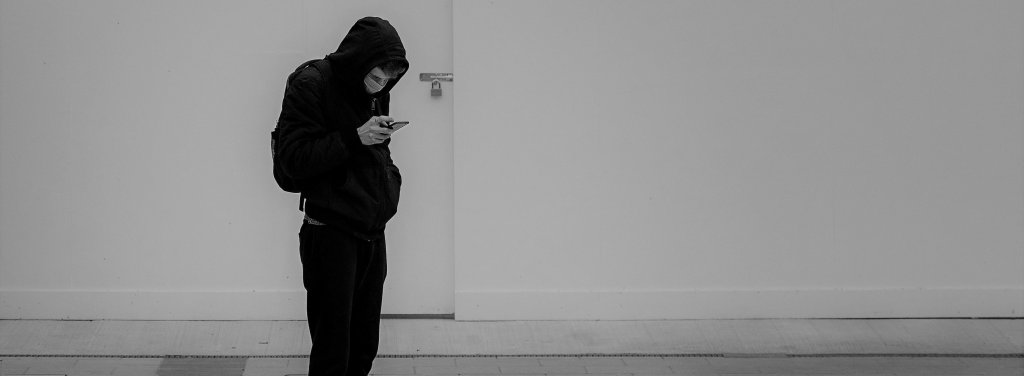We all dream – whether we remember them or not. And there is plenty of fascination about dreams and what they may mean, ranging from nothing at all, to being a means and method of understanding a patient’s unconscious.
In 1899, Sigmund Freud wrote The Interpretation of Dreams outlining his theory of the unconscious and describing dreams themselves as being “the royal road to the unconscious activities of the mind’. He therefore found dreams to be hugely relevant.
Is there an unconscious?
If dreams matter, they only do so if we believe in an unconscious and, by extension, unconscious process. Which is to say we believe that we are all, to a greater or lesser extent, driven by repressed ideas; thoughts and feelings that have been repressed – pushed out of consciousness – but that nonetheless make themselves known in our behaviours.
Analytical depth psychotherapy (psychoanalysis) believes and works with the patient’s unconscious. While the means and methods of doing so may have morphed and shifted over time, us analytically trained psychotherapists believe that the unconscious holds the key to understanding a patient’s inner world.
Freud was a neuroscientist and whilst our collective understanding of the mind was limited in the late 19th century, modern neuroscience confirms that most brain processes take place without conscious awareness and that all brain regions are involved in both conscious and unconscious thought. It therefore seems irrefutable that we all have an unconscious.
Do dreams have specific meaning?
There are plenty of folk who are quick to tell us what our dreams mean based on the imagery present in them. They see the content of our dreams as containing symbolic meaning common to all of us. These are people who often do rather well from their version of ‘interpreting’ dreams, as so many of us have a fascination with dreams and wish to see them as prophetic.
Freud and all those who have trained in real psychotherapy are suspicious of this ‘one size fits all’ approach and recognise instead that whilst dreams are symbolic in nature, the symbolism is tightly connected to the individual, and their circumstances, experiences and personality.
When working as an analyst, Freud used a method called ‘free association’ to gain an understanding of the patient’s unconscious mind, including what their dreams may mean. Rather than imposing his own view on what their dreams meant, he would instead ask a patient to share whatever associations came to mind in relation to their dreams, and from this suggest what they might mean. His approach was therefore collaborative.
What is manifest and latent content?
In depth therapy we do not take the presented content – the manifest content – literally. We see it as being coded content from the unconscious, which we refer to as latent content. The unconscious both wants and does not want to be known. It is where memories and experiences that are too painful or contradictory for the psyche are buried – repressed. And yet, repression is never perfect, and so at the same time the unconscious expresses the needs linked to this repressed material through behaviours and through dreams.
How can we know what dreams mean?
Anyone who tries to convince you that they know what your dream means based purely on the content is a charlatan. Human beings are far too complex for this and understanding a dream can only be done in understanding a person’s history and experiences, and in the context of a relationship.
Even when a psychotherapist knows you well, I would hope that they would not suggest that a dream has certain meaning without asking you what you make of it, and your associations with the symbolism. A dream can have multiple meanings and many only become clear over time.
All this said, dreams can be both hugely interesting for both the patient and analyst, in gaining deeper insight into what has been repressed and is seeking expression.
Mark Vahrmeyer is a UKCP-registered psychotherapist working in private practice in Hove and Lewes, East Sussex. He is trained in relational psychotherapy and uses an integrative approach of psychodynamic, attachment and body psychotherapy to facilitate change with clients.
Further reading by Mark Vahrmeyer –
Is starting psychotherapy a good New Year’s resolution?
Twixtmas – surviving that dreaded time between Christmas and New Year










